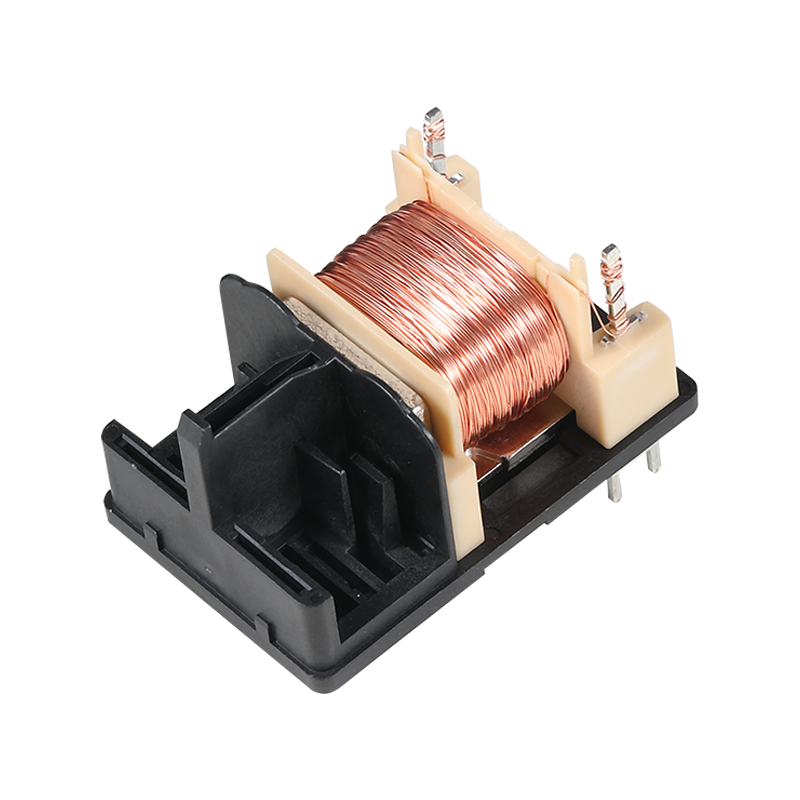
Relay switches are essential for the safe and efficient operation of various systems, from engine management to infotainment.
Relay Switches are electrically operated switches that control the flow of current in a circuit. They are used to manage high voltage or high current loads safely by allowing a low voltage signal to control a larger circuit. These switches are essential in various applications, from home appliances to industrial machinery, due to their ability to isolate and protect circuits. Relay switches enhance system efficiency and are crucial for automation and control processes.
Relay vehicle components are electrically operated switches that can make or break connections in a circuit. They are designed to control high current or high voltage loads with a low current or low voltage signal. This is particularly important in vehicles where the control systems need to manage a variety of electrical devices without being directly exposed to high power circuits.
Silent relay switches are a type of relay that operates with small noise, making them ideal for applications where noise reduction is a priority. In vehicles, this can mean a quieter cabin environment, especially in electric and hybrid vehicles where the absence of engine noise can make other sounds more noticeable. Silent relay switches are engineered with features that dampen the mechanical sounds typically associated with relay operation, such as the clicking sound when the switch is actuated.
The benefits of silent relay switches extend beyond noise reduction. They also offer improved reliability and durability, as the reduced noise often correlates with less mechanical stress on the switch components. This makes silent relay switches a popular choice for long-lasting performance in vehicles that demand high reliability, such as commercial fleets and high-end automobiles.
On the other end of the spectrum, simple relay switches are designed for straightforward applications where a basic on-off function is required. These switches are cost-effective and easy to integrate into existing systems, making them a popular choice for basic automotive functions such as controlling lights, fans, or other low-power devices.
The simplicity of these switches does not mean a compromise on quality or performance. Simple relay switches are often built with robustness in mind, ensuring they can withstand the vibrations and temperature fluctuations common in vehicle environments. Their straightforward design also makes them easy to troubleshoot and replace if necessary, which is a significant advantage for maintenance and repair services.
Both silent and simple relay switches have a wide range of applications in modern vehicles. They are used in engine control units, power windows, air conditioning systems, and infotainment systems, among others. The use of relay switches allows for the centralization of control over various vehicle functions, improving the overall efficiency and convenience of the vehicle's electrical system.
In electric vehicles (EVs), relay switches are particularly crucial due to the high currents involved in charging and operating the electric motor. The ability to control these high currents safely and efficiently is a key factor in the performance and safety of EVs.
Relay switches, whether silent or simple, are indispensable components in the complex network of modern vehicle electronics. They contribute to the safety, efficiency, and user experience of vehicles, making them a critical area of focus for automotive engineers.

 English
English 中文简体
中文简体 русский
русский









